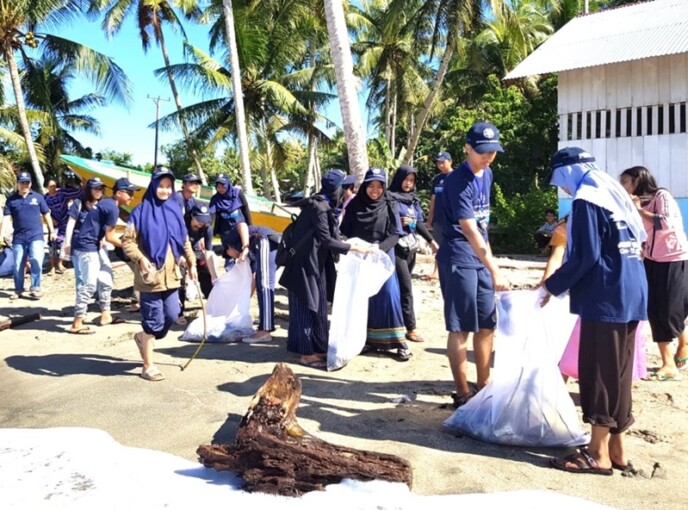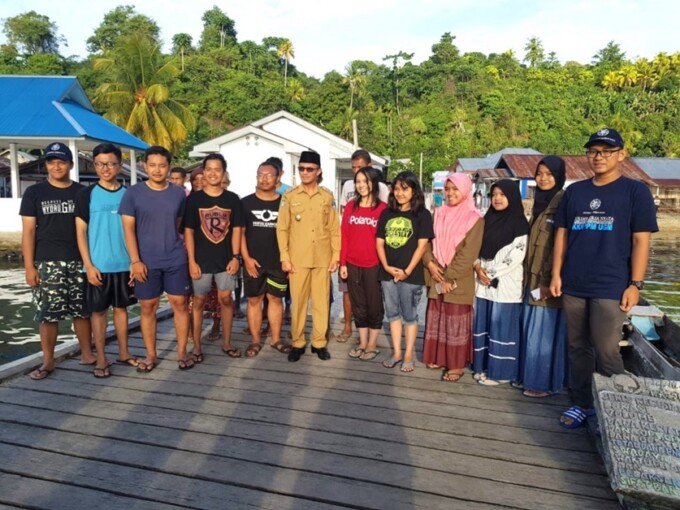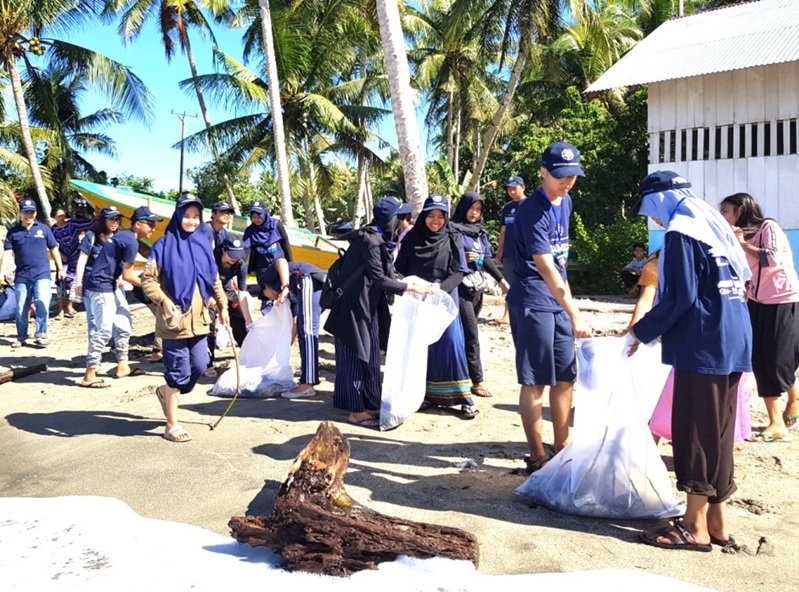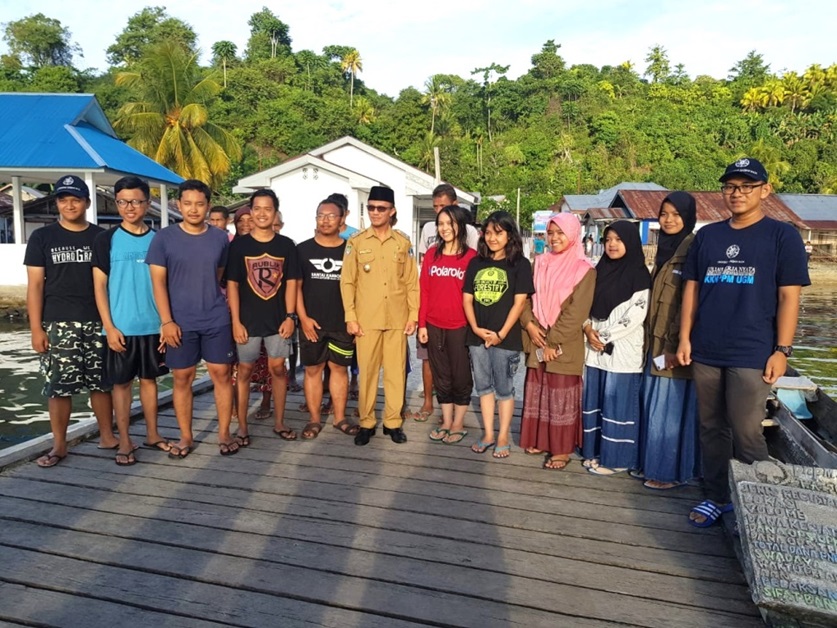Data from Yogyakarta’s Environmental Agency in 2017 revealed that heavy metal contents of lead and manganese in Code River is very high, reaching 0.14 mg/L and 0.15 mg/L. The number is quite alarming because it exceeds the predefined quality standard of 0.03 mg/L and 0.1 mg/L.
The issue prompted three UGM students to study adsorbent materials that can reduce heavy metal concentrations in Code River water. From their research funded by Higher Learning Directorate General through the Student Creativity Program, they discovered the potential of Ambon banana peel waste as an effective adsorbent.
“The research used three types of banana peel waste to be compared, including Ambon, Saba, and Musa Belle. The characterization test result showed that Ambon banana peel waste with H3PO4 concentration of 2.0 M is closest to the criteria to serve as adsorbent,” said Ilham Satria Raditya Putra, Chemistry student, Faculty of Mathematics and Natural Sciences UGM.
He conducted the research along with a fellow Chemistry student, Early Zahwa Alharissa, and Hanifah Atika Rachma from Environmental Geography. To find the most effective banana waste to serve as adsorbents, they examined the three types of banana peel waste and added H3PO4 acid to increase the adsorbability towards heavy metals.
The sampling point determination was carried out using slope-area method, by measuring discharge of Code River as the base. From the research, they found that Ambon banana peel waste was most effective because its characteristic fulfilled the quality standard of Indonesian activated carbon, namely moisture content by 6.67%, ash content by 4.90%, and adsorbability by 5397.39 mg/g. Moreover, the activated carbon of Ambon banana peel with 2 M activator concentration succeeded in reducing Pb and Mn level as identified in Code River consecutively by 41.67% and 65.72%.
“Ambon banana peel waste is highly potential as adsorbent because it contains pectin, cellulose, and lignin compounds that also modified the structure of activated carbon and created the fractal geometry uneven surface, coupled with acid as activator that added hydroxyl groups to the surface,” said ilham.
Meanwhile, Early added, some of the previous studies only used one type of banana and did not make any comparison. In fact, Indonesia is rich in banana of different characteristics.
“We wanted to compare the adsorbability of the three most popular banana types in Indonesia. Moreover, this comparison is an added value for Indonesia’s research potential supported by biodiversity,” she said.
She hoped that the development of activated carbon from banana peel can also be applied directly to Code River without damaging the surrounding ecosystem.





